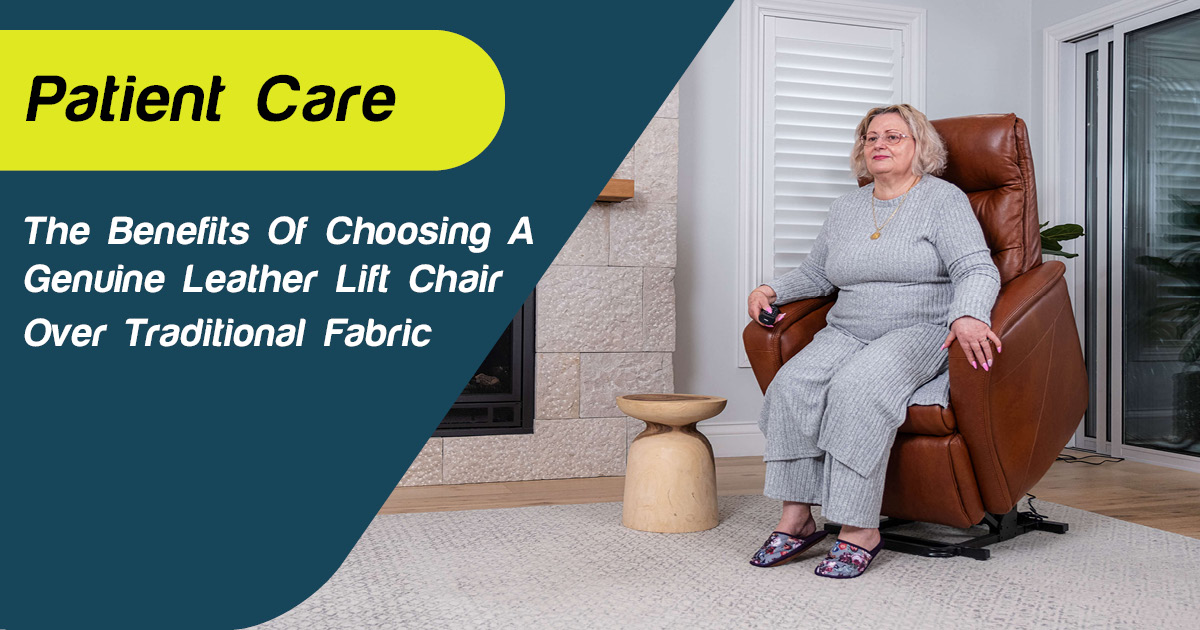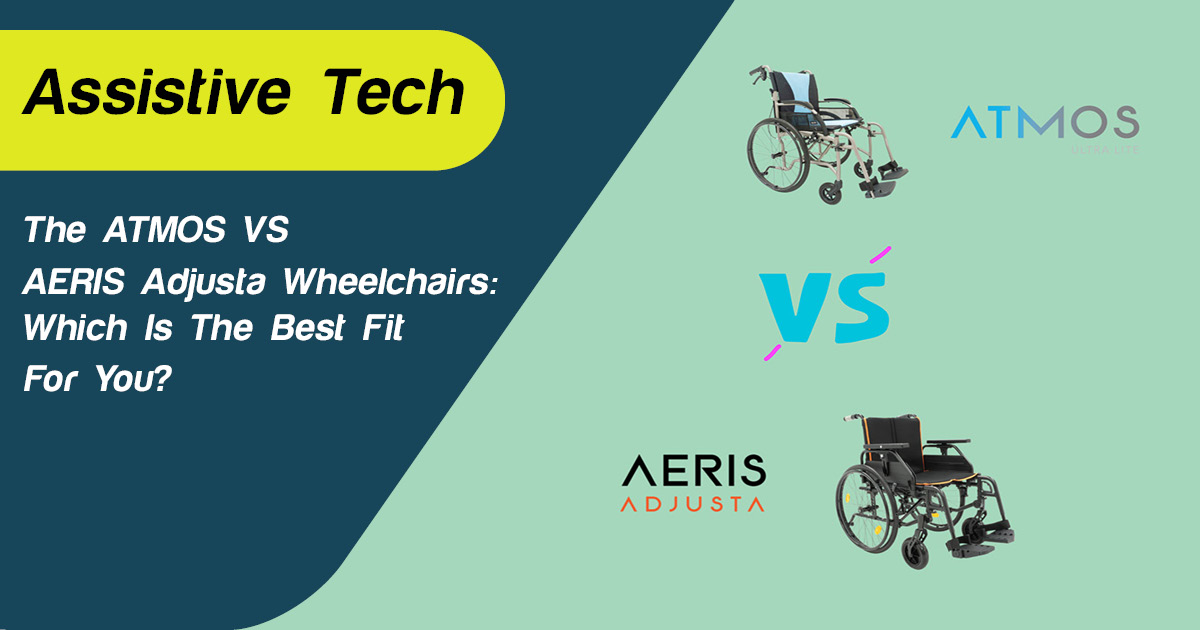
Share

Manual handling is described as any activity which requires a person to exert force to lift, lower, push, pull, carry, move or restrain. Unsafe manual handling techniques in aged care can cause musculoskeletal injuries that can impact the carer’s ability to work as well as their quality of life.
Likewise, unsafe manual handling techniques can be a serious risk to the patient. With this in mind, it’s important to understand the consequences of not using mobility equipment properly so you can effectively avoid these risks.
In this article, we share common manual handling hazards in aged care and provide recommendations on how to avoid these hazards.
What Is The Manual handling Code of Practice In Aged Care?

Some aged care facilities in Australia have a “no lift, no injury” policy. This manual handling code of practice in aged care aims to reduce the risk of injuries by:
- Eliminating manual lifting of patients in all situations (excluding life-threatening situations or exceptional circumstances)
- Maintaining and promoting patient independence
- Providing assistance if it doesn’t involve lifting most or all of the patient’s weight
- Providing support to patients who are unable to lift themselves by using lifting aids like ceiling hoists, standing hoists, floor hoists and rigid/fabric sliding devices.
The manual handling code of practice in aged care is supported by the 2011 Work Health & Safety (WH&S) Act and places the legal responsibility of workplace safety squarely on the employee. According to the WH&S Act, employees must take reasonable care to ensure their own health and safety alongside their coworkers and patients.
Employees are also required to report all incidents or hazards associated with manual handling and must always follow safe manual handling practices in line with the workplace safety training they received.
Common Manual Handling Hazards In Aged Care

#1. Strains and Sprains
Strains and sprains are the most common injuries in the aged care sector. Of all insurance claims, half of all strains and sprains are the direct result of poor manual handling techniques while:
- Assisting patients with personal care and mobility tasks
- Moving or transporting patients
- Pushing and pulling trollies
- Lifting and carrying materials and equipment
- Bending to adjust beds or making beds
- Moving furniture
- Sitting at a desk and typing on a keyboard
- Unpacking supplies or moving boxes
- Mopping, vacuuming, sweeping and mowing lawns.
According to the National Occupational Health and Safety Commission, strains and sprains make up three-quarters of all workers’ compensation injuries. The most commonly injured part of the body is the back followed by the shoulder, arm, hand and neck.
Soft tissue, ligament and tendon damage is also very common in aged care workers. In fact, among “labourers”, personal carers take up to 34% of musculoskeletal damage claims and health care workers take up to 20% of claims.
#2. Occupational Overuse Syndrome (OOS)
Occupational overuse syndrome (OOS) is a common injury in the fingers, hands, wrists and elbows. It is caused by repetitive movements and awkward postures, causing swelling, pain, numbness and weakness in the affected joints. Quite often, the joints, muscles and tendons are painful even when at rest.
OOS is common in workplaces that require repeated bending, stretching and twisting, manual handling and lifting, and busy workplaces that prevent workers from taking scheduled breaks.
Aged care is considered a high-risk workplace for OOS.
How To Avoid Manual handling Hazards In Aged Care

Hazard Identification
All workplaces have factors that increase the risk of injuries. With this in mind, it is important to take the time to identify any hazards, communicate these hazards with your coworkers and discuss the possible risk factors.
We also recommend analysing workplace injury records to pinpoint recurring problems and review patient assessments to understand their behavioural or medical history. This will help protect both workers and carers from potential injuries.
Risk Assessment
Once you have identified any workplace hazards, you will need to evaluate the likelihood of injuries and categorise them from low to high and extreme. Here are a few categories to help categorise these risks:
The work environment — Consider the set-up of the space. Are there any pieces of furniture that could be considered a risk? Are there objects on the floor that could trip patients and workers? A cramped workspace can be a real risk, so make sure to take in your surroundings.
Your work practices — Familiarise yourself with manual handling training and the kind of work you will be doing (especially if you will be in a fixed posture for extended periods of time — see the Armon range of arm support products for more comfort in the workplace). You should also have a clear understanding of the required duration and frequency of manual handling for each patient.
Patient ability to assist — You should be aware of your patient’s weight and condition before attempting to lift them. Look for any cognitive, physical or behavioural signs that could pose a risk for manual handling.
Risk Reduction
The next step is to implement tactics to control the risk of manual handling injuries and review the effectiveness of these tactics on a regular basis. If there are high-risk tasks that can’t be eliminated, look for a way to minimise the risk of injuries. Here are some possible solutions:
Tasks — Ask yourself if the task is 100% necessary or if it has to be done in a specific way.
Workspaces — Make sure furniture, beds and equipment are in convenient locations for both you and the patient. Where possible, use mechanical aids to lift and move the patient.
Nature of the work — Don’t be afraid to ask for help. Ask for support from coworkers when needed and make sure to take frequent breaks or switch up your tasks to give your body a break.
Training — If you are inexperienced, you are more likely to be injured at work. Take a manual handling course (specific to aged care, if possible) before commencing work and follow best practices for lifting and handling patients.
Lifting Techniques
If you are lifting a patient, it’s crucial to use the correct technique. Sometimes, the patient will physically outweigh you or they will not have the physical capacity to assist in any way. This can put a lot of strain on your spine and put you at risk of injury.
Here are a few tips for avoiding injuries:

- Lift with your legs, never your back. The muscles and bones in your legs are stronger than your back and cope better with heavier weights. Bend at the knees like you’re squatting at the gym, keep your back straight and use your leg muscles to stand up straight.
- Keep your feet apart for better balance. Set one foot down slightly in front of the other. Keeping your feet staggered will give you better balance.
- Work as a team and count to three before you lift. You can counteract your lifting partner’s weaknesses — if you know their right side is weaker than their left, you can provide more support on that side. We recommend counting to three before you lift — this will ensure you and your lifting partner move at the same time and the patient is prepared to be lifted.
- Hold the patient’s weight close to your body to utilise bigger muscle groups. Using your arms to hold someone’s weight at a distance can put a strain on the smaller muscles in your arms. Instead, hold the patient close to your body and use your bigger muscle groups to stabilise the patient’s weight.
- Hold the patient’s hips, not their arms. Pulling or grabbing a patient under the arms can cause pain. The muscles under the arms don’t handle force well.
- Stand straight and don’t twist. Twisting your torso reduces your core strength, so you will only be able to handle one-third of the patient’s weight than you would be able standing still. If you need to change directions, wait until the patient is stable and then use your feet and your body to turn in the direction you need to go.
- Take it slow. There’s no need to rush! Lifting slow and steady dramatically reduces your chance of injury.
Reduce Manual handling Hazards For Carers With Reliable Patient Lifting Equipment
When it comes to reducing strains, sprains and other injuries in aged care, using the right lifting equipment and lifting techniques is absolutely crucial. At Active Mobility, we stock patient lifting equipment from some of the world’s most trusted brands like Prism Medical, Ergolet, Molift and Allegro Concepts — you can trust our patient lifting equipment to protect both you and your patients.
Shop patient lifting equipment online and reduce manual handling hazards in aged care today!









